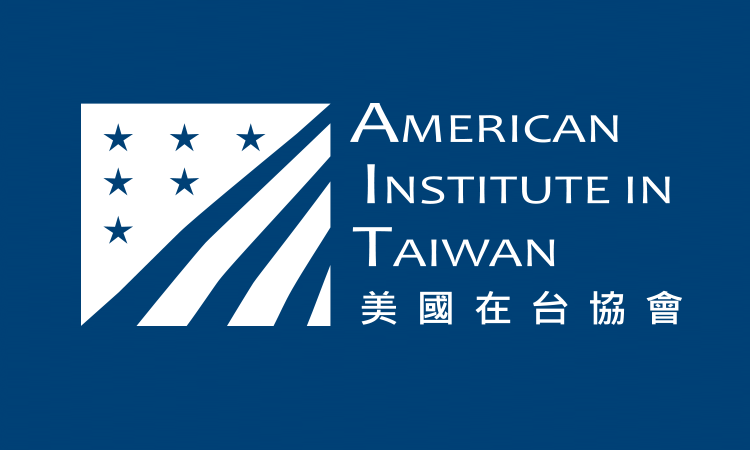PR-1107E | Date: 2/22/2011
The American Institute in Taiwan (AIT), the U.S. Department of Energy (DOE) and Taiwan’s Ministry of Finance and Directorate General of Customs will celebrate the completion of the installation of radiation detection equipment at the Port of Kaohsiung. The commissioning ceremony will take place at 2:30 p.m. on Friday, February 25, 2011 at the U.S. Commerce and Culture Activity Center, which is located on the third floor of AIT Kaohsiung Branch Office’s current office building (3rd Floor, No 2, Chung Cheng 3 Road, Kaohsiung).
The U.S. DOE’s Megaports Initiative aims to strengthen the capability of foreign partners to deter, detect, and interdict illicit trafficking in nuclear and other radioactive materials across international borders and through the global maritime shipping system. The Megaports Initiative provides radiation portal monitors (for detecting radiation), handheld devices (for identifying the radioactive isotope), optical character recognition technology (for identifying containers), communications equipment (for sending data to a Central Alarm Station), training, and technical support.
Megaports is operational in 34 ports around the world and work is underway at an additional 18 ports in Asia, Latin America and the Caribbean, Europe, the Middle East, and Africa. The goal of the Megaports Initiative is to scan as many containers as possible (including imports, exports, and transshipments) regardless of destination and with minimal impact to port operations.
In 2006, AIT and the Taipei Economic and Cultural Representative Office (TECRO) signed a Memorandum of Understanding (MOU) to implement the Megaports Initiative in Taiwan. Megaports was interested in the Port of Kaohsiung because of its strategic location, high volume, and role as a key transshipment port in the Asia region.
Since 2007, Megaports has been working to equip the Port of Kaohsiung with radiation detection equipment, providing training to Taiwan officials on how to operate and maintain the radiation detection system and raising awareness of the terminal operators of the potential danger of these materials. Due to the size of the Port of Kaohsiung, work was divided into two phases: phase 1 installed detection equipment at terminals 2, 3, and 5; phase 2 completed terminals 1 and 4. Kaohsiung Customs has been conducting Megaports operations since November 2009 for all phase 1 sites and since October 2010 for all phase 2 sites.
In addition to playing an active role in an internationally recognized effort, participation in Megaports provides Taiwan with domestic benefits: healthy populations, safe industries, secure borders and commerce, and local expertise in nuclear detection.
















![Video Thumbnail [Recovered]-01](../wp-content/uploads/sites/269/Video-Thumbnail-Recovered-01-1-750x450.jpg)




